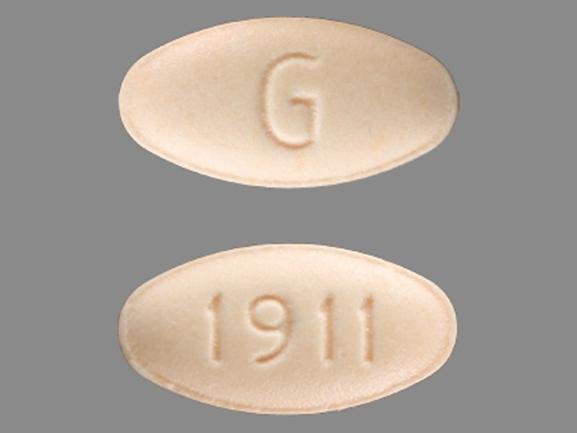Rimantadine Disease Interactions
There are 3 disease interactions with rimantadine.
Rimantadine (applies to rimantadine) liver disease
Moderate Potential Hazard, High plausibility.
Rimantadine is primarily metabolized by the liver. Patients with liver disease may be at greater risk for adverse effects from rimantadine due to decreased drug clearance. Therapy with rimantadine should be administered cautiously in patients with liver disease. One-half the usual dosage is recommended for patients with severe hepatic dysfunction.
Rimantadine (applies to rimantadine) renal dysfunction
Moderate Potential Hazard, High plausibility.
Rimantadine and its metabolites are excreted by the kidney. Patients with renal impairment may be at greater risk for adverse effects from rimantadine due to decreased drug clearance. Therapy with rimantadine should be administered cautiously in patients with renal impairment. One-half the usual dosage is recommended for patients with severe renal dysfunction (CrCl <= 10 mL/min).
Rimantadine (applies to rimantadine) seizure disorders
Moderate Potential Hazard, Low plausibility. Applicable conditions: Seizures
Seizures have been reported in a few patients with a history of seizure disorders who were not receiving anticonvulsant medication while taking rimantadine. Therapy with rimantadine should be administered cautiously in patients with epilepsy or predisposed to seizures.
Switch to professional interaction data
Rimantadine drug interactions
There are 15 drug interactions with rimantadine.
More about rimantadine
- rimantadine consumer information
- Check interactions
- Compare alternatives
- Pricing & coupons
- Drug images
- Side effects
- Dosage information
- During pregnancy
- Drug class: adamantane antivirals
- Breastfeeding
- En español
Related treatment guides
Drug Interaction Classification
| Highly clinically significant. Avoid combinations; the risk of the interaction outweighs the benefit. | |
| Moderately clinically significant. Usually avoid combinations; use it only under special circumstances. | |
| Minimally clinically significant. Minimize risk; assess risk and consider an alternative drug, take steps to circumvent the interaction risk and/or institute a monitoring plan. | |
| No interaction information available. |
See also:
Further information
Always consult your healthcare provider to ensure the information displayed on this page applies to your personal circumstances.


